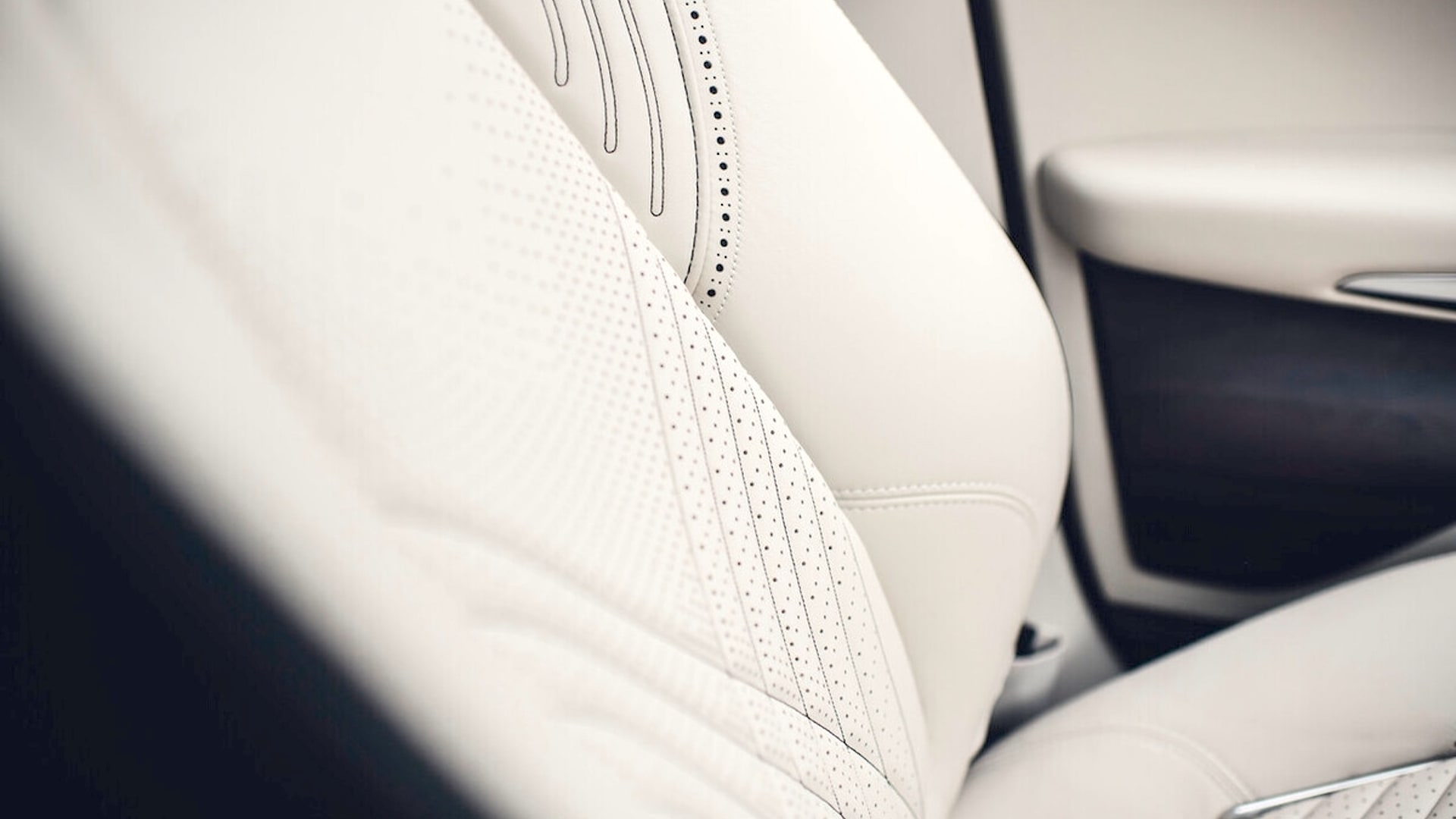
A group of global automotive leather manufacturers and suppliers called One 4 Leather claims genuine cow hide interiors are better for the environment.
An increase in the number of ‘vegan leather’ alternatives used by car manufacturers has seen animal hide replaced with PU and PVC materials instead.
However, the One 4 Leather group questions how sustainable such products are, and has released data that outlines the potential impact if the automotive industry ditches leather for good. The group aims to dispel myths about the industry, while also hoping to promote the use of leather as a ‘preferred choice’ for car interiors.
On a hiding to nothing?

One 4 Leather references research by the World Wildlife Federation, which notes that leather is a by-product of the meat and dairy industry. As such, One 4 Leather says no cow is bred solely for its hide.
Some 331 million cattle are processed by the meat industry each year, creating more than 2.18 billion cubic metres of leather hide. This is equivalent to twice the volume of Mount Everest.
A substantial 40 percent of all hides are sent straight to landfill. The automotive industry takes 18 percent of the remainder for leather upholstery – enough to wrap around the earth 1.8 times if laid end-to-end.
Do have a cow, man

Based upon these figures, One 4 Leather estimates that if the automotive industry dropped real leather completely, 35 million hides would go to landfill. This would mean an extra 644 million kg of CO2e being emitted each year.
The One 4 Leather group commented, “The automotive industry can make a difference to the planet by using more leather in its cars, thus reducing the number of hides going to waste. If the demand for automotive leather increases by just 10 percent, it would save 3.5 million hides from landfill. That’s a saving of over 64 million kg of CO2e and enough leather for 1.1 million car interiors.
“Car manufacturers are keen to promote greener options to leather in the form of PU and PVC materials. However, most leather alternatives contain more than 80 percent plastic. It’s the small amount of plant or vegetable (mushroom, pineapple, cactus) content that grabs the headlines. These composite materials are difficult and currently very expensive to recycle, so they will inevitably end up in landfill.”
ALSO READ:
Will the Tesla Cybertruck be legal in Europe?
Winter tyres: are they worth the expense for driving in the UK?